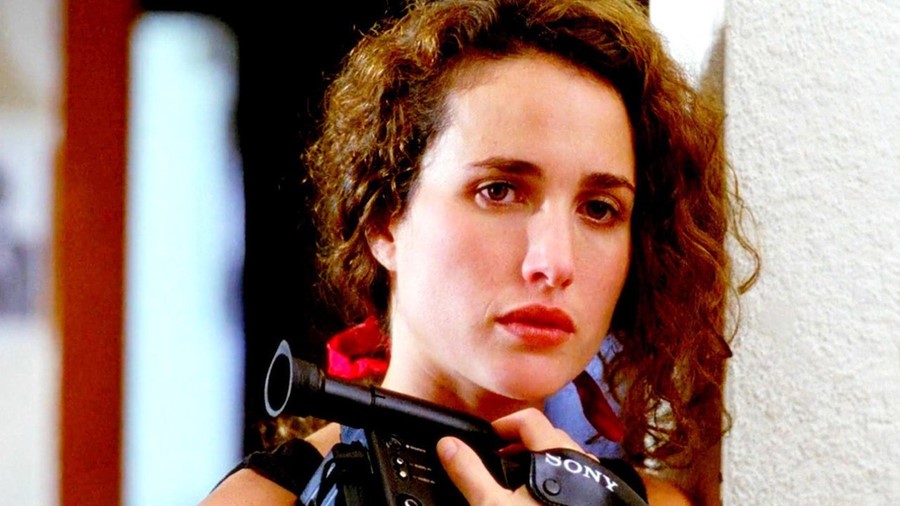The 1989 Palme d’Or winner credited with jump-starting American indie cinema may have captured the zeitgeist of the video generation, but in the era of Snapchat, its lessons are as relevant as ever
In the late 80s a young Steven Soderbergh wrote a script in eight days and, on a shoestring budget, shot a movie that would go on to change the face of 90s cinema. The success of Sex, Lies, and Videotape drew investors to nascent festivals such as Sundance, the profitability of indie movies was proven, and Soderbergh paved the way for a new kind of filmmaking that was discursive, subtle and sexy.
Set in the steamy suburbs of Baton Rouge, the film focuses on questions of sexual appetite; on the spectrum from voracious to repressed, young wife Ann (played by Andie MacDowell) sits somewhere close to frigid. Meanwhile, her husband John (Peter Gallagher) has been busy conducting an affair with Cynthia (Laura San Giacomo), Ann’s more sensual sister. Arriving to disrupt the veneer of peace is John’s estranged friend Graham (James Spader), who returns to town with nothing but a car and a video camera. Ann hits it off with Graham, whose quiet intelligence and apparent impotence appeal to her. That is, until she learns he gets his kicks from filming women discussing their sex lives. It’s a hobby that repulses her, until both Graham and Ann realise the empowerment that can come with opening up to a stranger.
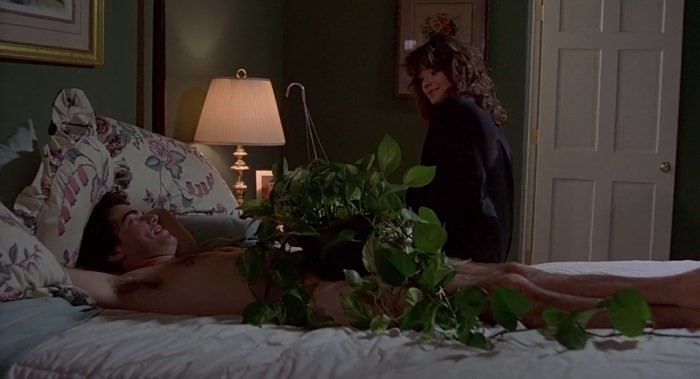
1. People’s plants tell you a lot about them
You can’t help but speculate that the tangled web of adultery in the film could have been spotted far quicker had Ann being paying attention to her husband and sister’s shared love of houseplants. Each time John visits Cynthia he brings her a gift; small succulents or a hanging basket (that he perches artfully on his nether regions) and soon her apartment is blooming with as many verdant greens as John has in his lush corner office. The plants’ irrepressible vitality and thirst for life may reflect Cynthia and John’s sexual greed; but they also really do liven up a place. Graham and Ann might learn a thing or two by injecting their comparatively sterile homes with a little bit of something bright and wild.
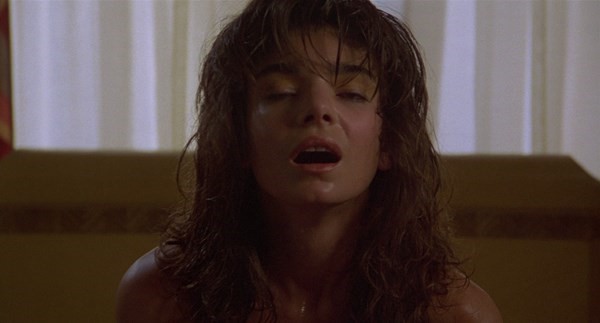
2. Glowing skin is the best accessory
Though Ann makes a strong case for scrunchies, hair ties and guilelessly cute bows that hold back her thick mahogany curls, the embellishment all the characters wear best is a glossy sheen of sweat. Brought on by the sweltering bayou breeze and the sexual tension that simmers just beneath it, each of the characters is radiant, even as mysterious newcomer Graham begins to dismantle their carefully constructed lives. Before Glossier made that glazed-donut glow a beauty essential, there was Laura San Giacomo sporting the kind of carnal incandesce one assumes is achievable only through the thrill of adultery.
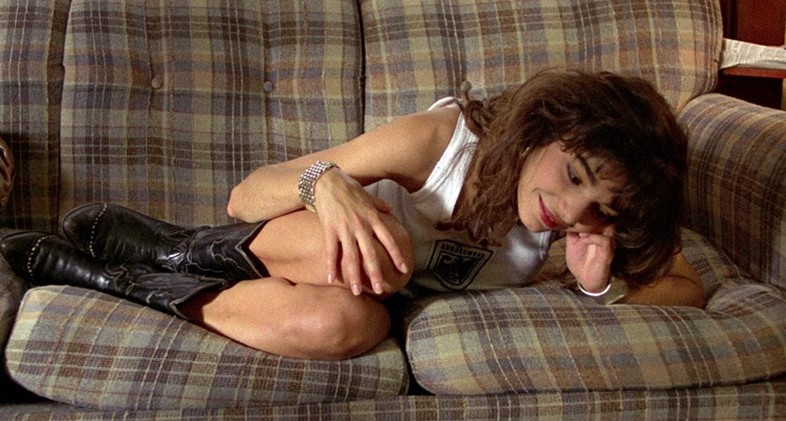
3. Take a leaf out of your sister’s style book
We begin to learn more about what fuels Cynthia when she decides to record a tape for Graham. “Do you think I’m pretty?” she asks, “prettier than Ann?” As the less obvious beauty, it’s apparent that Cynthia has learnt to flaunt her sexuality, feeling it gives her an edge over her good-girl sister. Later, Ann admits that she retreats from her own desires, fearing she’ll be too much like Cynthia. Each woman defines herself in opposition to the other. It forces them into artificial extremes that ultimately sit comfortably with neither sibling.
Ann wears minimal makeup, while Cynthia’s eyes sit in pools of bold shadow. Opting for loose fitting dresses cut below the knee, Ann chooses shades the colour of cupcake frosting; buttery creams and baby pinks. Meanwhile Cynthia, the more artistic of the pair, picks tight skirts and hand-dyed tops in flaming reds and violets. But by the end of the film, each having undergone a process of self-enlightenment enabled by the inquisitive gaze of Graham’s camera, the sisters move closer towards appreciating each other’s perspectives. Ann ditches the pastels and instead offers an olive branch to Cynthia; a small potted plant, delivered while wearing a dark shade of lipstick that would look equally at home in Cynthia’s make-up bag.
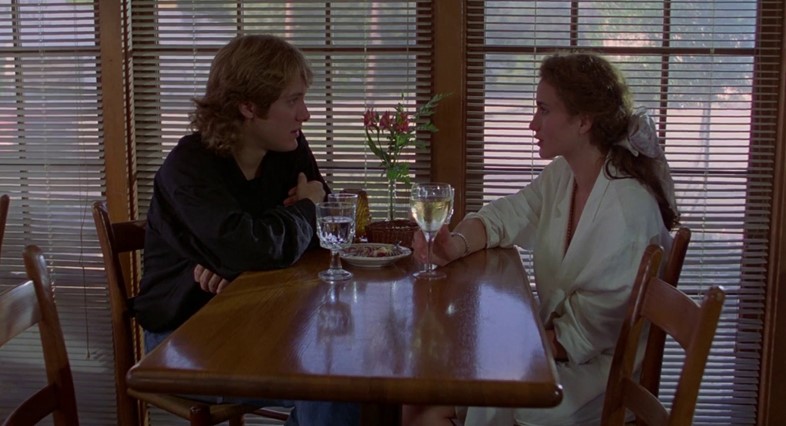
4. The mind is also an erogenous zone
Despite its suggestive title, the hottest moments in Sex, Lies, and Videotape are the scenes where emotions, not flesh, are laid bare. Soderbergh lets dialogue carry the erotic charge and most of the film’s scenes focus on conversations between no more than two characters. The relationships that unfold contrast greatly in their approach to love, sex and ethics. Cynthia and John have passion but little else, whereas Ann and Graham help each other discover their desires through intimate conversation. There’s a fluid intensity to these exchanges as Soderbergh seems to be suggesting that talking, or rather, listening, is one of the most generous erotic acts a person can perform.
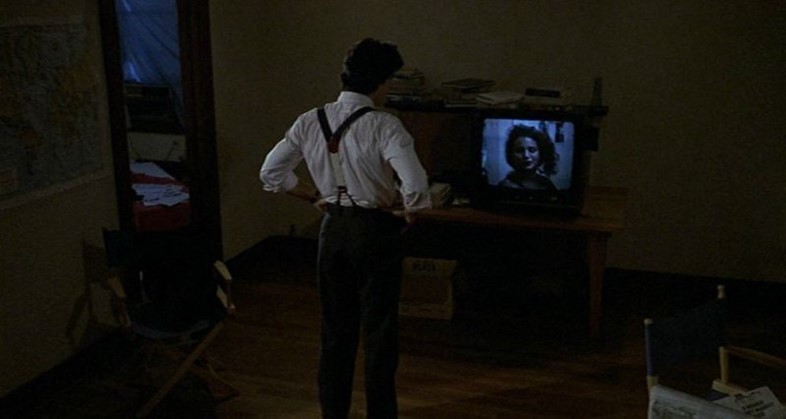
5. Screens can be shields
Soderbergh said that he gave James Spader’s character a video camera because it seemed “like the best external device to use to show how somebody keeps other people at arm’s length.” Though Graham is turned on by listening to women detail their sexual experiences (and the women are very often turned on in the telling), he doesn’t reciprocate with the same openness – not until Ann turns the lens on him. In an age where screens are often our primary mode of interaction, the best lesson Sex, Lies, and Videotape offers is to scrutinise the benefits and limits of technology. It’s a film that encourages us to think carefully about the ways we connect to eachother, and the ways we fail to – alongside offering abundant style inspiration as relevant today as it ever was.
